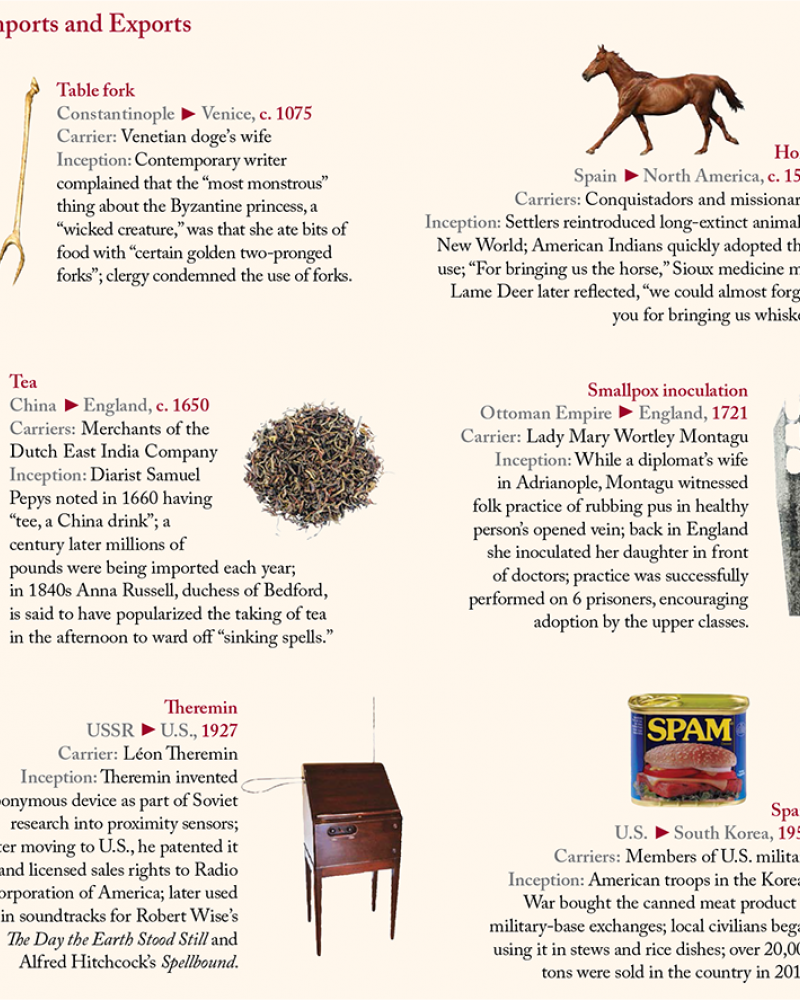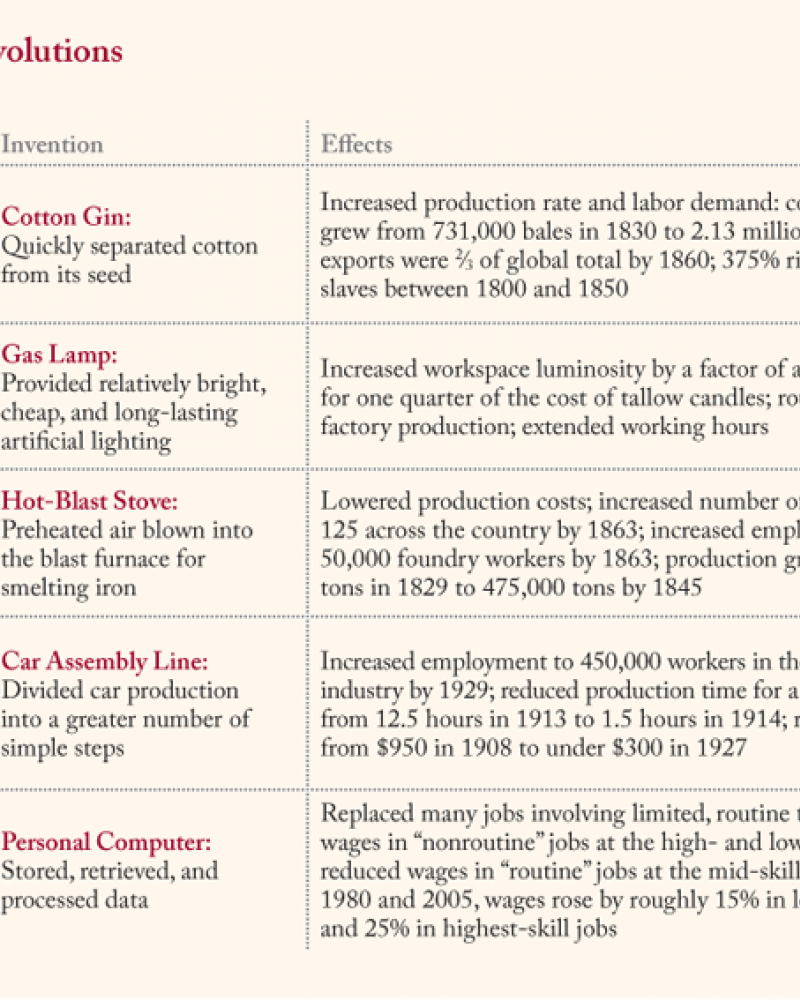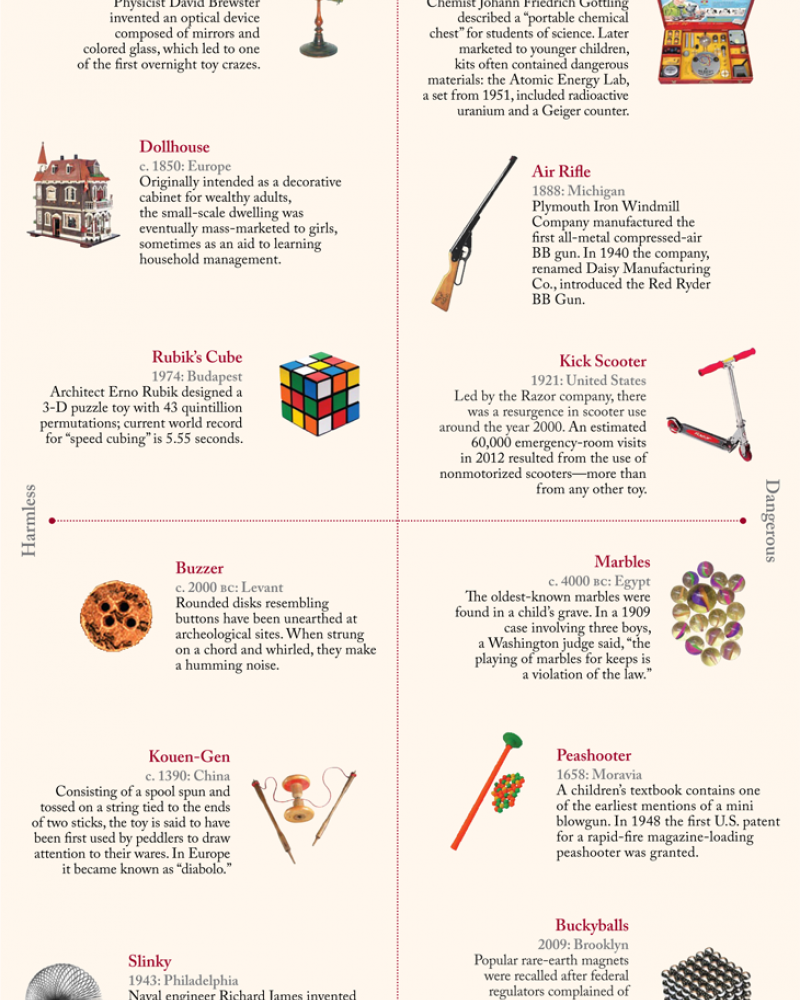Miscellany
Before the entire palette of modern mathematical notation existed, Johannes Kepler relied on musical notation to describe the planets’ rotation around the sun in his Harmonies of the World, published in 1619. The plus and minus signs were introduced in print in 1489 by Johann Widman, and the equal sign in 1557 by Robert Recorde, but the multiplication sign (×) was not introduced until 1631, by William Oughtred; modern exponential notation in 1637, by René Descartes; and the obelus (÷) to indicate division in 1659, by Johann Rahn.



